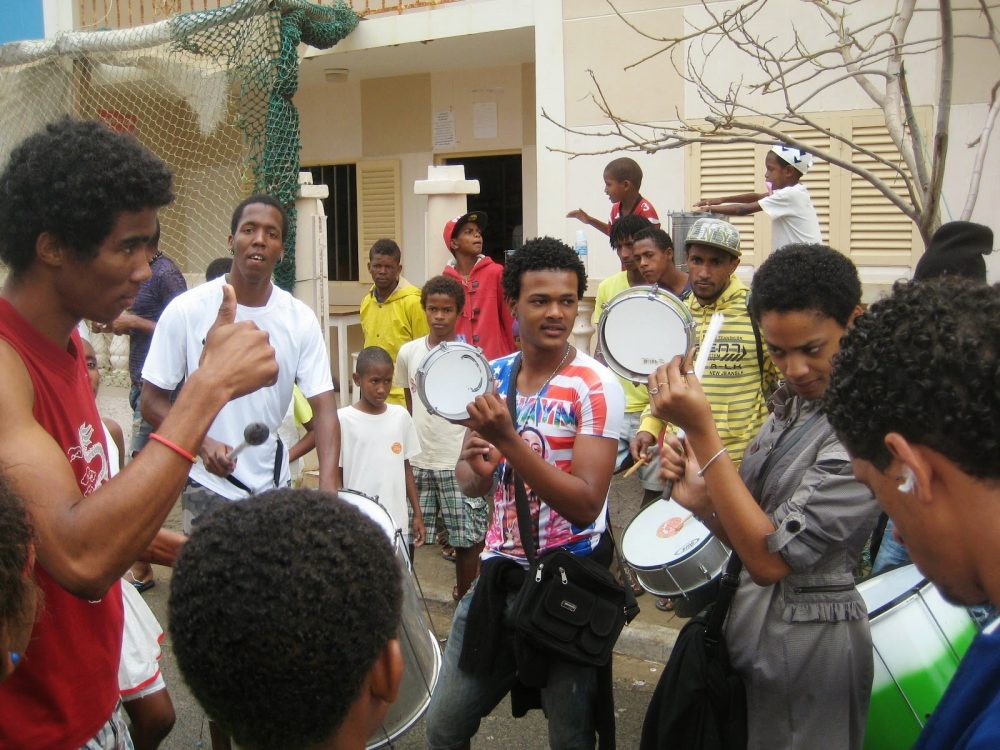Cabo Verde: Exploring magical Sao Vicente
Cabo Verde is a very odd place, which is possibly the best
reason to travel to these islands. First to Sao Vicente.
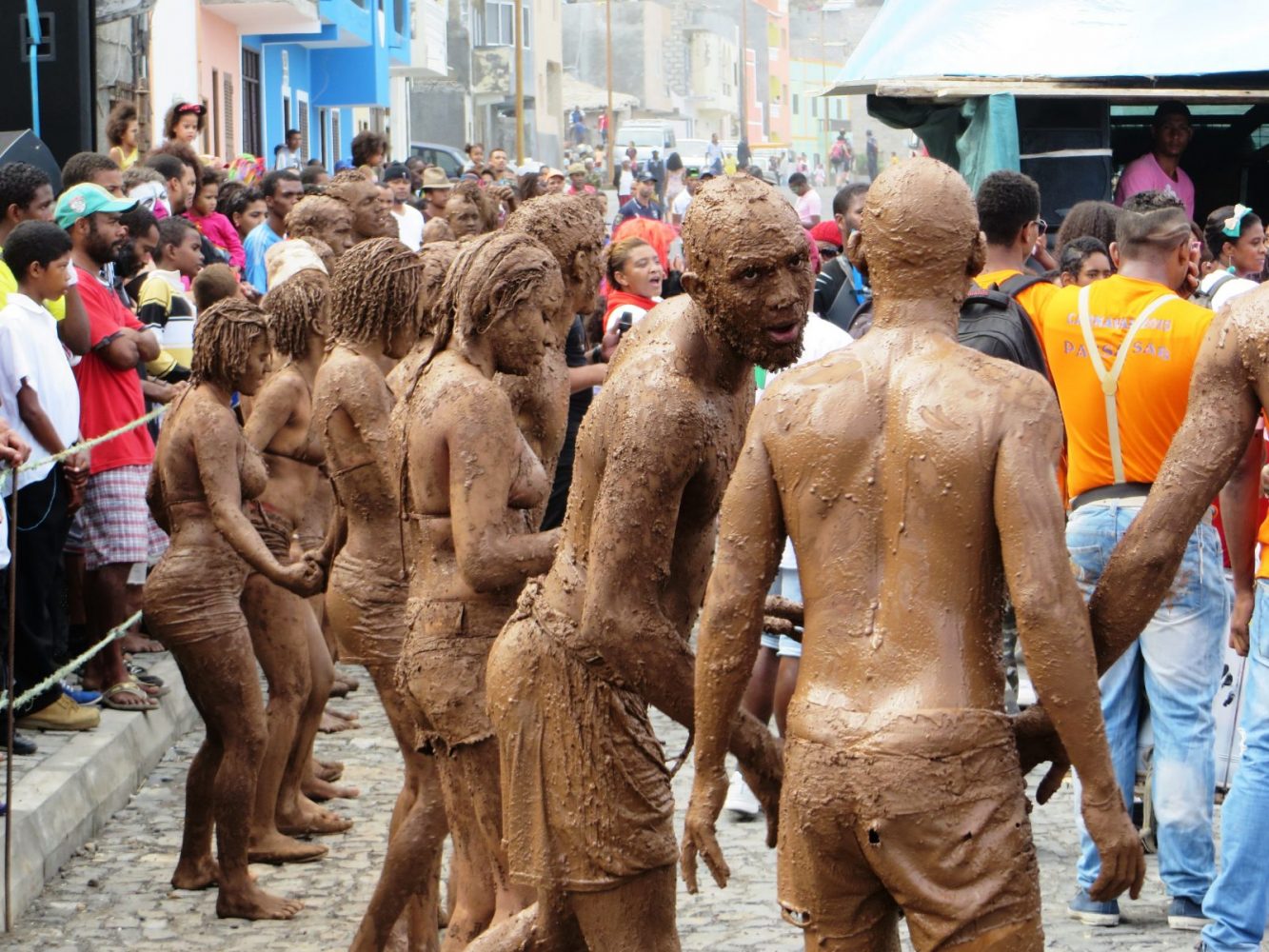
It is an country that is comprised of ten islands, each of which purports to offer visitors a very different experience, and from an initial and hasty overview, they are correct.
Tourists travelling to Cabo Verde, and astonishingly there are many, may be disappointed if they only go to Sal, the primary island; it is from exploring the others that an appreciation for the distinct Cabo Verdean experience will be drawn.
It is not quite Europe, and nor should it even be considered fleetingly to be so, although I am sure that many arrive here thinking that it is a sort of “Southern Canary Islands”.
But it isn’t; it is not really Africa, although their football team plays in the African Cup, and geographically it most certainly qualifies. It is, above all, another fascinating Atlantic Island.
I am currently in Mindelo on the island of Sao Vicente, the island where the fine singer Cesaria Evora was born, and after whom the international airport was named. She would, I am sure, be delighted.
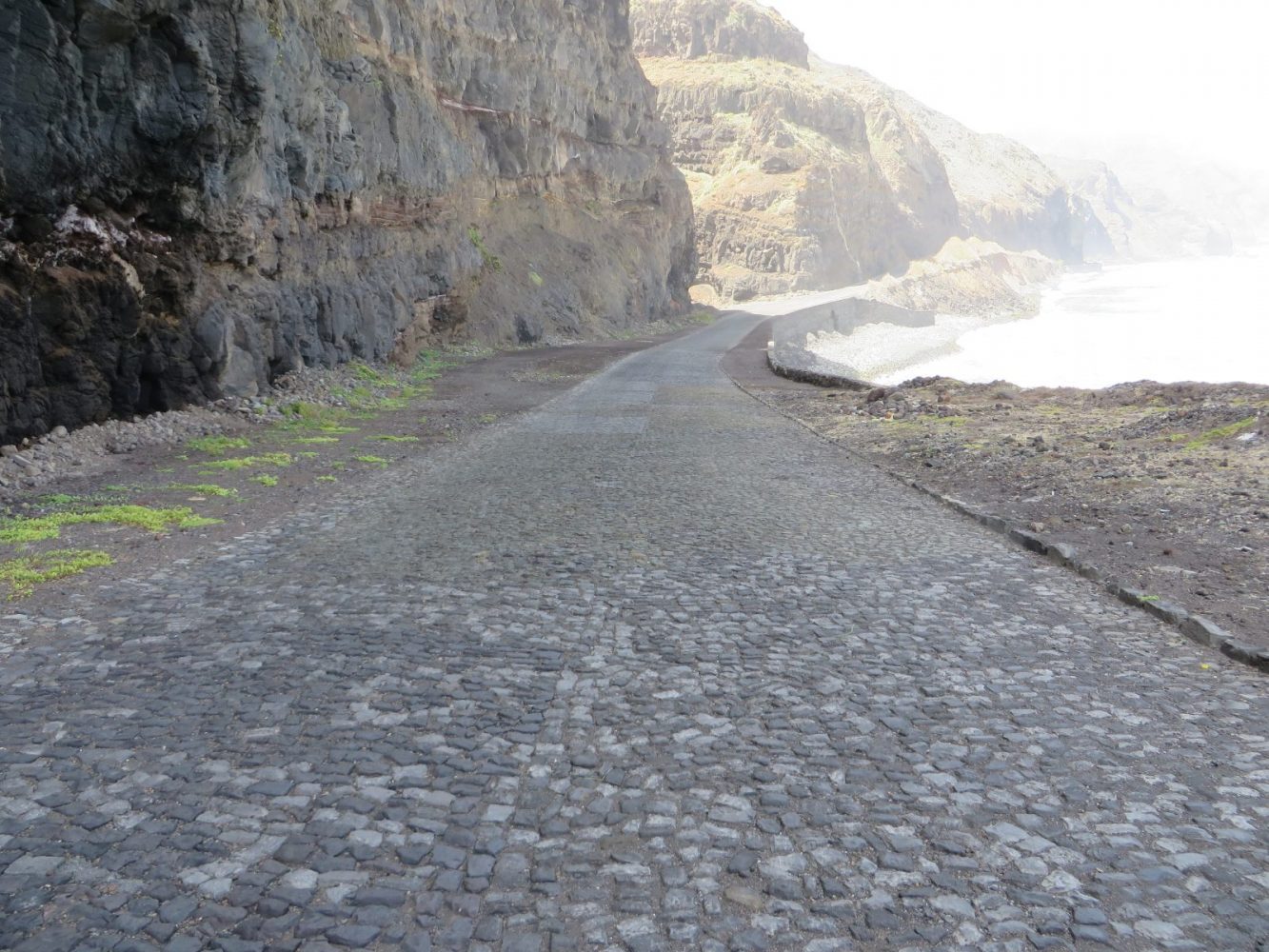
Driving around the island, an achievement that can be attained in about three hours (thoroughly), was odd; long, inter-community cobbled highways, empty villages looking abandoned by, one thinks, holiday-makers away from their second homes.
It was easy to realise how the Martian Rover must feel, slowly driving around in search of life.

Then suddenly there is life.
A small village practicing hard for the upcoming carnival; kids young and old, drumming and dancing in the streets, buildings painted in some day-glow pastel colours or simply of plain breeze block, fishing boats along the shoreline and all around the rather ghostly landscape of brooding volcanic rock.

It is a cross, I think, between Iceland and a Caribbean island.
There are the mysterious landscapes with high peaks coated in clouds, dark highways and lush valleys that seem to have found life; there are agricultural patters obvious in the country dating back centuries but now abandoned, leaving one to wonder where this knowledge went, and what it was.
Communities are scruffy but somehow cheerful, with their buildings, or perhaps a quarter of them, painted in distinctive coral, blue and the ever-popular orange, but all too a vivid degree that lightens one’s senses and brings a smile.
Every so often a café or restaurant; some open, some not, offering the usual fare of fresh fish with vegetables. The fish is delicious, the vegetables can be monotonous (just how much boiled cassava can a chap eat?), but there is hope, and more restaurants to try.

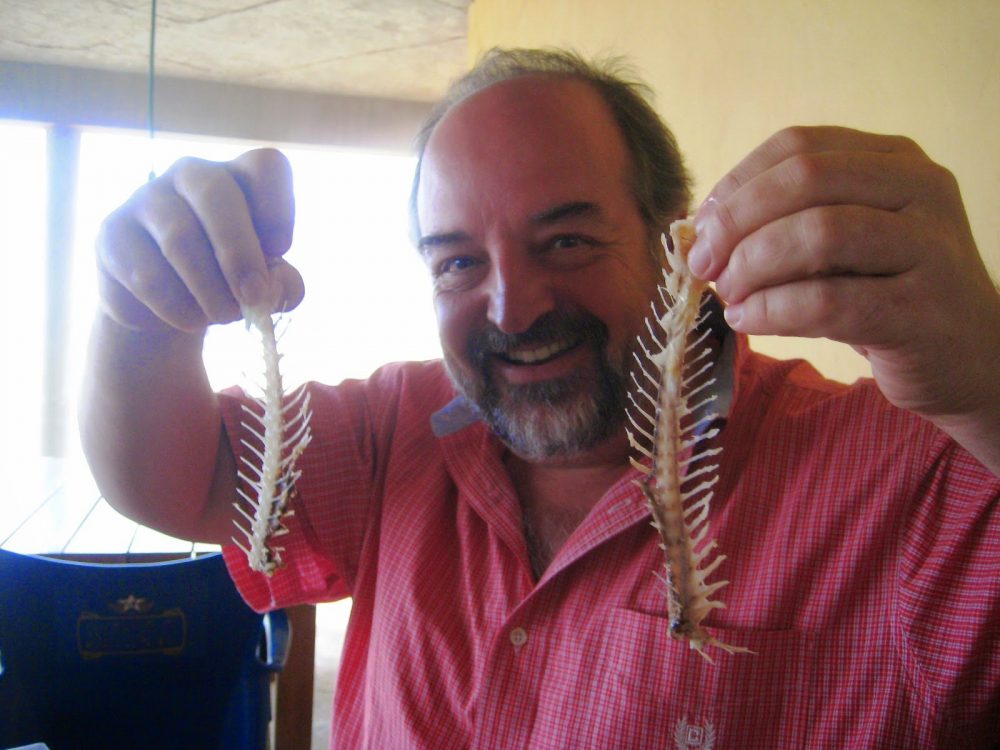
There is little work beyond the usual government employment in education, maintenance and, of course, “governing”; work in the tourist industry is here, but so many Cabo Verdeans have left to find work abroad, and thus the direct flights to Fortaleza in Brazil and Boston.
Portugal, too, is home to a large expatriate population who, like diasporas everywhere, like the money but miss their homes terribly.
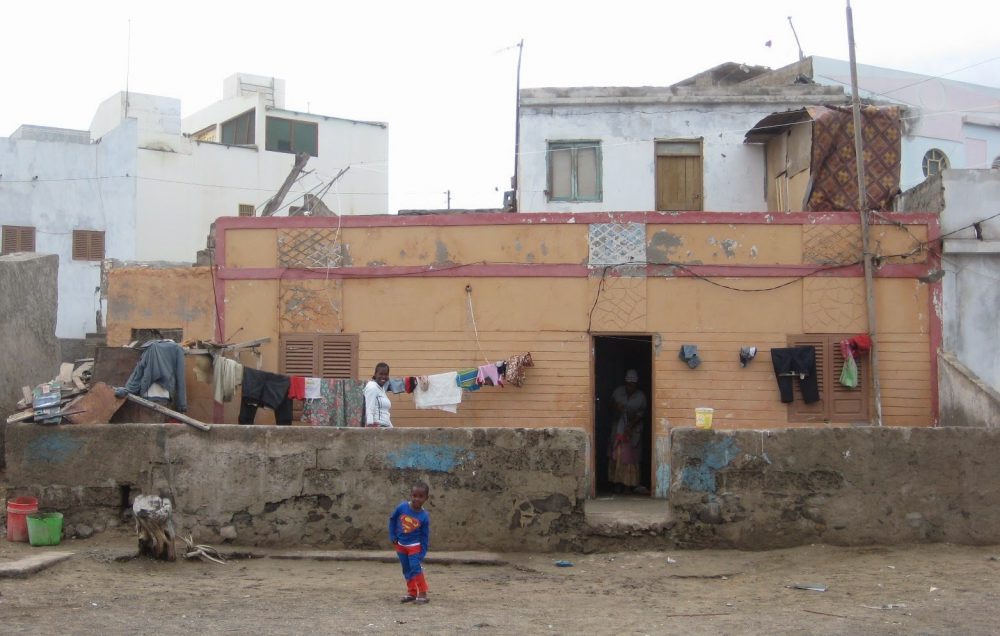
And still tourists arrive; the airport in Sal sported four Tui flights as I flew to Sao Vincent; direct charters from London, Amsterdam, Stockholm and Helsinki in two hours one afternoon, and they are not alone.
Thousands of Europeans arrive here, and Sal is renowned for being one of the primary kite-surfing destinations in the world, but kite-surfing requires wind, and tourists not here to bounce on and off waves find the wind of the windward islands a touch overpowering.
But only 30 minutes to the west lies Sao Vicente, with its wind-breaking mountains, and yet farther west, well out in the Atlantic Ocean lies the island of Sao Antao, my next destination.
From my short experience, I like Cabo Verde; we will see how the next ten days, and the exploration of Santo Antao, Fogo and Brava unfurl …
I can’t wait! Tiggers like Sao Vicente.

